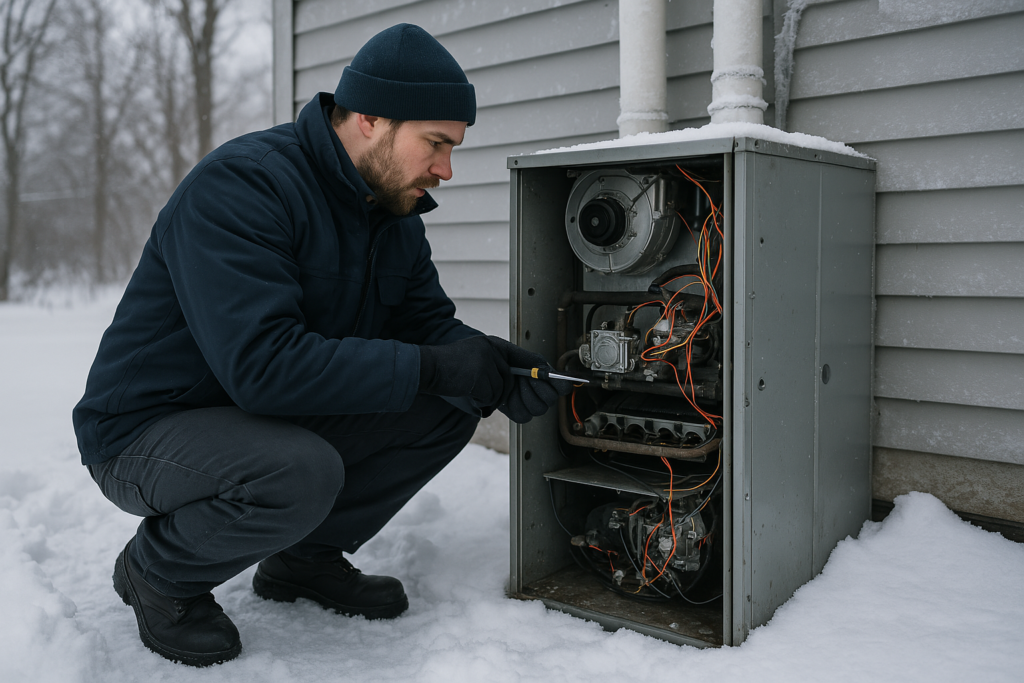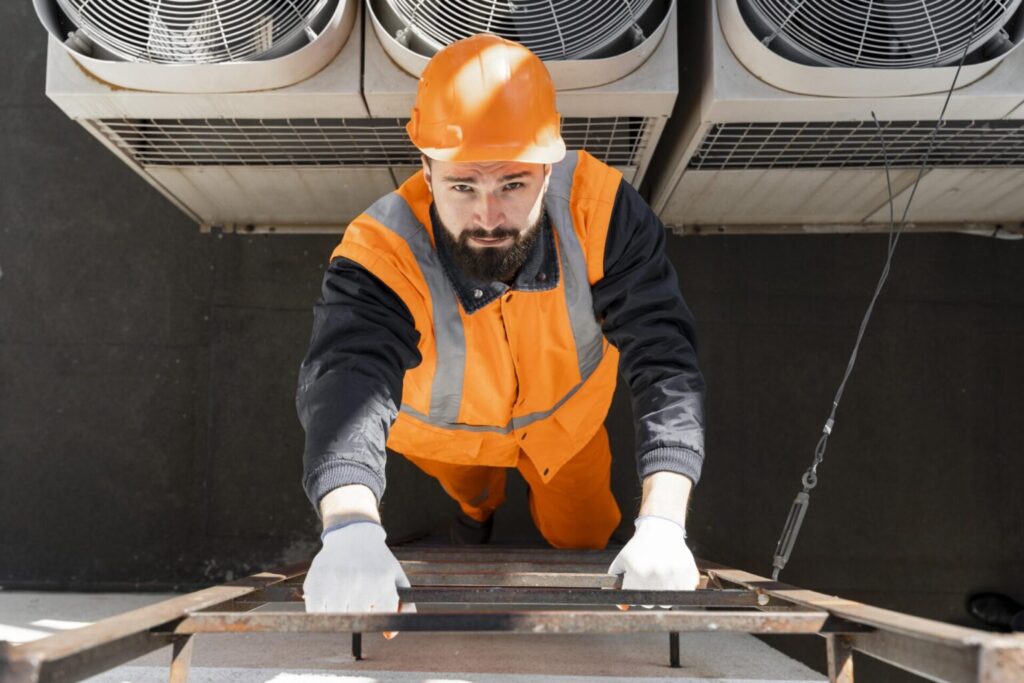
The Ultimate Guide to Prepping Your HVAC for Kansas City Storm Season
Kansas City storm season brings more than just thunder and heavy rain. It brings real risk to your home comfort systems — especially your HVAC unit. Every year, homeowners across neighborhoods like Waldo, Brookside, and Overland Park face unexpected outages, surge damage, or even total system failure because they weren’t ready. Whether you’re dealing with spring flash floods or summer lightning storms, prepping your HVAC system isn’t optional. It’s essential. This guide breaks down exactly how to storm-proof your HVAC system before the next major front rolls through Kansas City. Why Kansas City Homes Are Vulnerable During Storm Season From April through August, Kansas City homes regularly face: Unlike homes in milder climates, Kansas City systems must be tough, durable, and well-maintained to handle these seasonal swings. If your AC or furnace isn’t storm-prepped, you’re risking more than comfort. You’re risking expensive repairs or system loss — often at the worst possible time. 1. Install a Surge Protector for Your HVAC System Power surges are among the leading causes of HVAC failures during storm season. One lightning strike on your block can fry your AC control board or compressor, costing you thousands. A whole-home surge protector or a unit-specific HVAC surge protector shields your system from electrical damage during storms. Why It Matters:Unlike cheap plug-in strips, a dedicated HVAC surge protector is hardwired and built to handle high voltage. It protects the most expensive part of your home’s comfort system. Our Recommendation:Contact us to install HVAC surge protection as part of a storm season tune-up. It’s a one-time investment that can save your system. Learn more about our HVAC maintenance plans and how they include electrical checks. 2. Secure and Cover Your Outdoor Condenser Wind and hail can turn even small objects into damaging projectiles. If your outdoor unit is exposed, it’s vulnerable to bent fins, dislodged components, or even refrigerant line damage. Tips to Secure Your System: What Not to Do:Avoid makeshift covers. They can trap moisture and cause corrosion. 3. Elevate Your Condenser If You’re in a Flood-Prone Area In Kansas City, especially areas near Brush Creek or neighborhoods with poor drainage, spring storms can overwhelm ground-level condensers. When floodwaters reach the electrical panel, your entire system is at risk. Solution:Install your condenser on a raised base. Even a 6- to 12-inch elevation can protect your system during flash flooding events. Bonus Tip:After a storm, never try to restart a unit that has been submerged. Call Haha’s Heating & Cooling for a full safety inspection and system dry-out. Schedule AC repair in Kansas City if your unit was exposed to standing water. 4. Change Air Filters and Seal Air Ducts Storms bring more than rain — they kick up dust, pollen, and debris. If your ductwork or filters are already clogged, storm debris only makes airflow worse. This can strain your system during the high-demand days that follow storms. How to Prep Before a Storm: Our HVAC maintenance plans include filter replacements and duct inspections tailored to Kansas City storm conditions. 5. Protect Your Smart Thermostat and Low-Voltage Controls If you’ve upgraded to a smart thermostat, it’s another component at risk from power surges. Although most thermostats are low-voltage, they’re still connected to control boards that can be damaged in an instant. Storm Safety Tips: If you’re using outdated controls, now is the time to upgrade. We offer smart thermostat installation in Kansas City that includes surge protection and system syncing. 6. Use Preventive Maintenance to Catch Storm Risks Early Most Kansas City homeowners don’t realize how vulnerable their systems are until a storm hits. But many storm-related breakdowns could be prevented with routine maintenance and a simple checklist. Here’s what a storm-prep tune-up from Haha’s Heating & Cooling includes: We tailor these inspections to the Kansas City climate and structure types — from historic homes in Hyde Park to newer builds in Olathe. Join our maintenance program today and protect your system before the next round of storms hits. What Happens If You Ignore Storm Prep? Here’s what we commonly see when homeowners delay HVAC prep in Kansas City: A little prevention can save weeks of discomfort and thousands in repairs. Frequently Asked Questions Should I turn off my AC during a thunderstorm?Yes. If you know a storm is approaching, shut down your HVAC system to reduce the chance of surge damage or compressor overload. After the storm, you can restart it safely. Can I use a tarp to cover my condenser during storms?No. Tarping traps moisture and can cause rust. Use only a breathable AC cover designed for outdoor units, and only when the unit is off. Is surge protection really necessary for HVAC units?Yes. Lightning and grid surges can damage sensitive electronics in modern systems. Surge protectors are inexpensive compared to the cost of new circuit boards or compressors. Storm-Proof Your HVAC System With Help From Kansas City’s Trusted Experts Haha’s Heating & Cooling has helped thousands of Kansas City homeowners prepare their HVAC systems for storm season. Whether you’re in Liberty, Prairie Village, or right in the city center, we understand the local risks — and how to protect your investment. Get ready before the storms arrive. We offer: Check our Google reviews to see how Kansas City families trust Haha’s Heating & Cooling. Then schedule your storm-prep HVAC visit today. Peace of mind is just a service call away.









